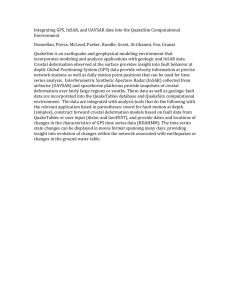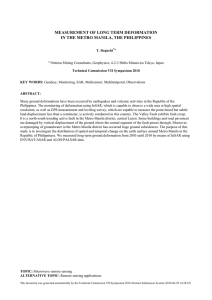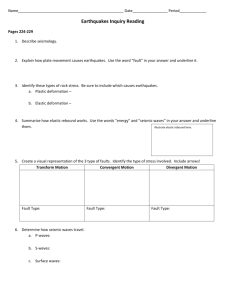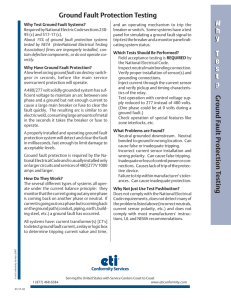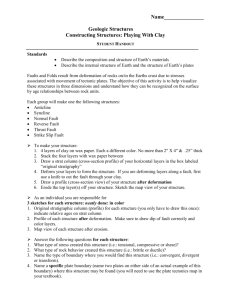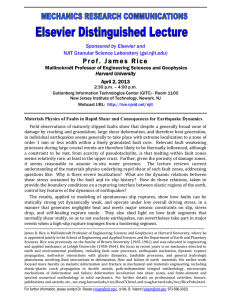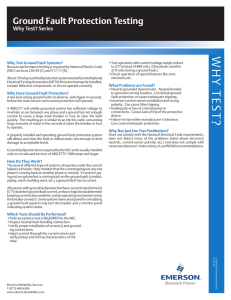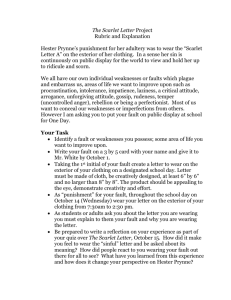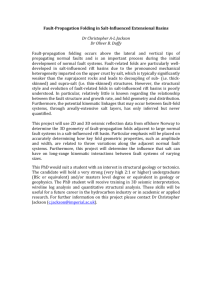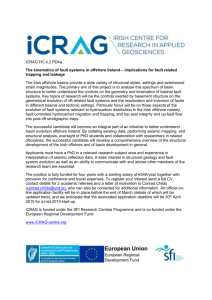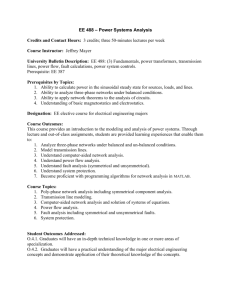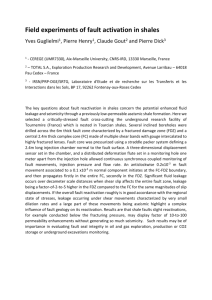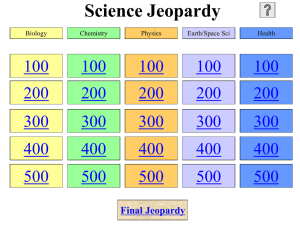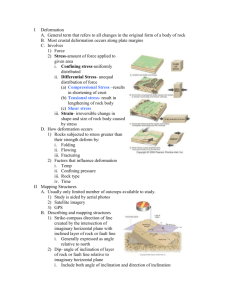QuakeSim: a Web Service Environment for
advertisement
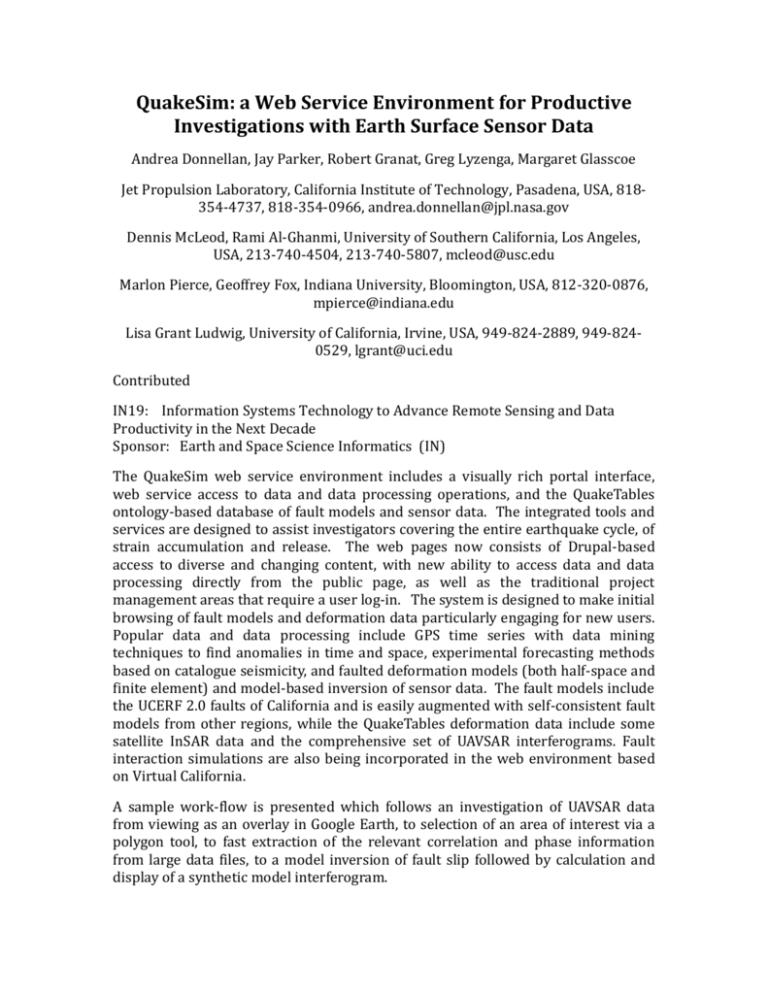
QuakeSim: a Web Service Environment for Productive Investigations with Earth Surface Sensor Data Andrea Donnellan, Jay Parker, Robert Granat, Greg Lyzenga, Margaret Glasscoe Jet Propulsion Laboratory, California Institute of Technology, Pasadena, USA, 818354-4737, 818-354-0966, andrea.donnellan@jpl.nasa.gov Dennis McLeod, Rami Al-Ghanmi, University of Southern California, Los Angeles, USA, 213-740-4504, 213-740-5807, mcleod@usc.edu Marlon Pierce, Geoffrey Fox, Indiana University, Bloomington, USA, 812-320-0876, mpierce@indiana.edu Lisa Grant Ludwig, University of California, Irvine, USA, 949-824-2889, 949-8240529, lgrant@uci.edu Contributed IN19: Information Systems Technology to Advance Remote Sensing and Data Productivity in the Next Decade Sponsor: Earth and Space Science Informatics (IN) The QuakeSim web service environment includes a visually rich portal interface, web service access to data and data processing operations, and the QuakeTables ontology-based database of fault models and sensor data. The integrated tools and services are designed to assist investigators covering the entire earthquake cycle, of strain accumulation and release. The web pages now consists of Drupal-based access to diverse and changing content, with new ability to access data and data processing directly from the public page, as well as the traditional project management areas that require a user log-in. The system is designed to make initial browsing of fault models and deformation data particularly engaging for new users. Popular data and data processing include GPS time series with data mining techniques to find anomalies in time and space, experimental forecasting methods based on catalogue seismicity, and faulted deformation models (both half-space and finite element) and model-based inversion of sensor data. The fault models include the UCERF 2.0 faults of California and is easily augmented with self-consistent fault models from other regions, while the QuakeTables deformation data include some satellite InSAR data and the comprehensive set of UAVSAR interferograms. Fault interaction simulations are also being incorporated in the web environment based on Virtual California. A sample work-flow is presented which follows an investigation of UAVSAR data from viewing as an overlay in Google Earth, to selection of an area of interest via a polygon tool, to fast extraction of the relevant correlation and phase information from large data files, to a model inversion of fault slip followed by calculation and display of a synthetic model interferogram.
